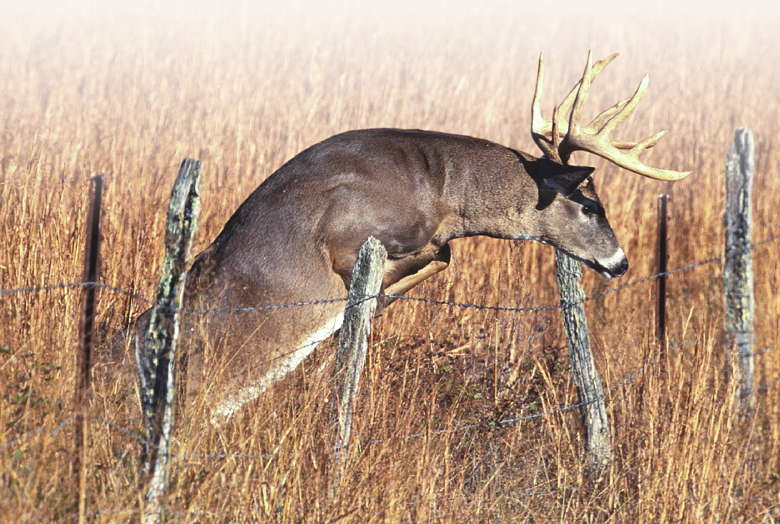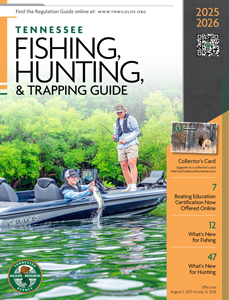Deer Regulations

White-tailed Deer Management Units (DMUs)
Unit 1
Benton, Carroll, Chester, Crockett, Decatur, Dyer, Fayette, Gibson, Hardeman, Hardin, Haywood, Henderson, Henry, Lauderdale, Lake, Madison, McNairy, Obion, Shelby, Tipton, and Weakley counties.
Unit 2
Cheatham, Davidson, Dickson, Giles, Hickman, Houston, Humphreys, Lawrence, Lincoln, Lewis, Marshall, Maury, Montgomery, Perry, Robertson, Stewart, Sumner, Wayne, and Williamson counties.
Unit 3
Bedford, Cannon, Clay, Coffee, DeKalb, Franklin, Jackson, Macon, Moore, Overton, Putnam, Rutherford, Smith, Trousdale, Van Buren, Warren, White, and Wilson counties.
Unit 4
Anderson, Bledsoe, Campbell, Claiborne, Cumberland, Fentress, Grainger, Grundy, Hancock, Morgan, Pickett, Scott, Sequatchie, and Union counties.
Unit 5
Bradley, Hamilton, Loudon, Knox, Marion, McMinn, Meigs, Rhea, and Roane counties.
Unit 6
Blount, Carter, Cocke, Greene, Hamblen, Hawkins, Jefferson, Johnson, Monroe, Polk, Sevier, Sullivan, Unicoi, and Washington counties.


